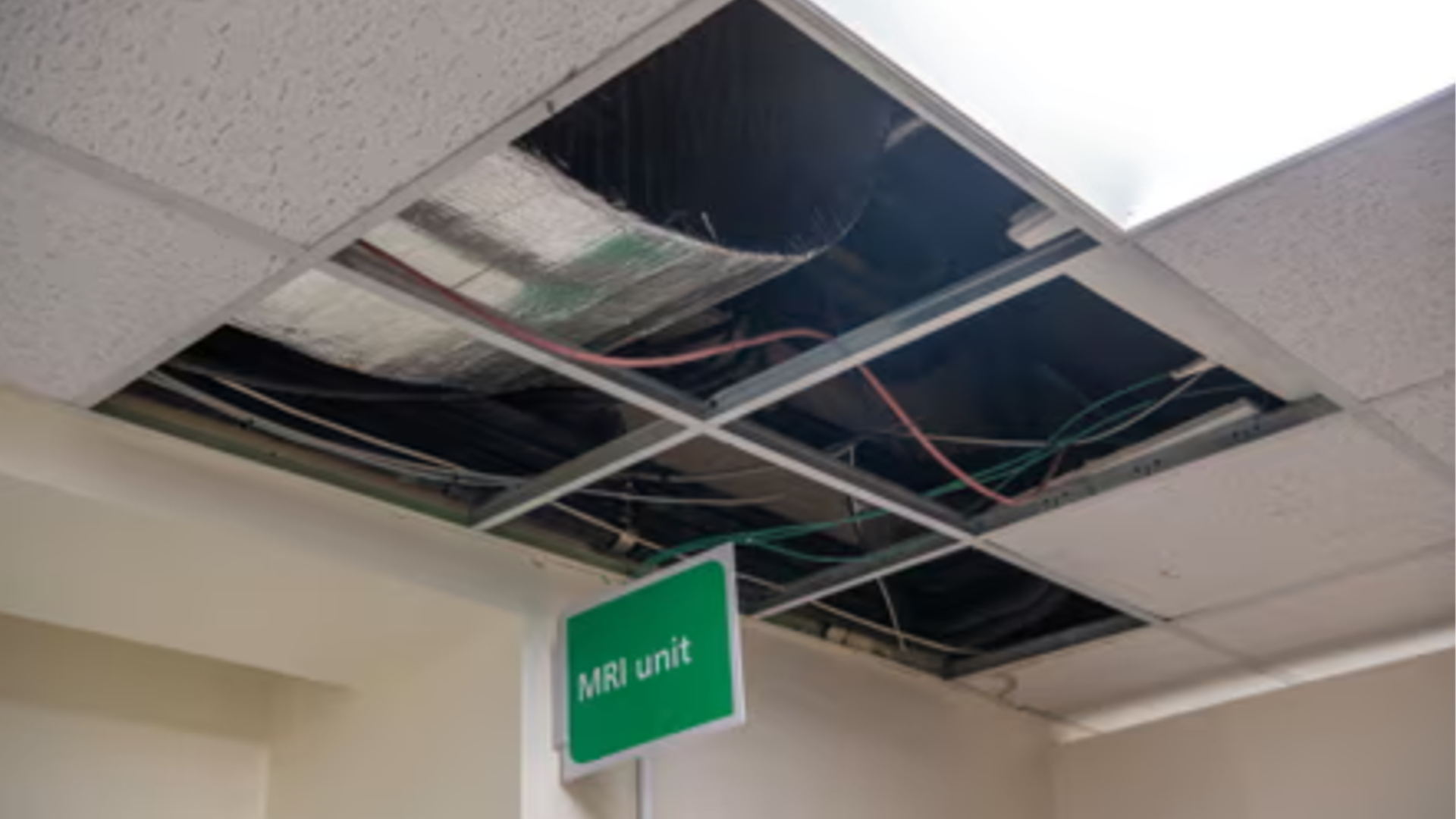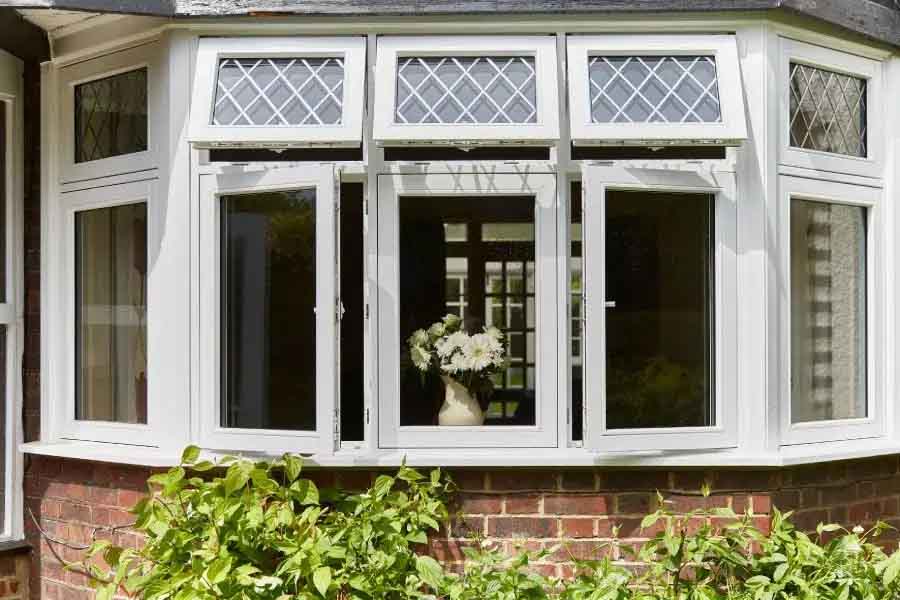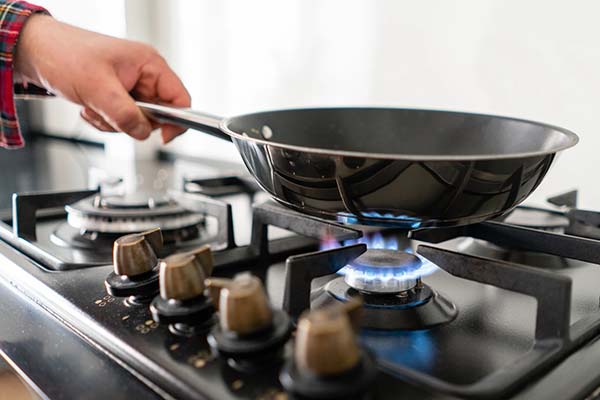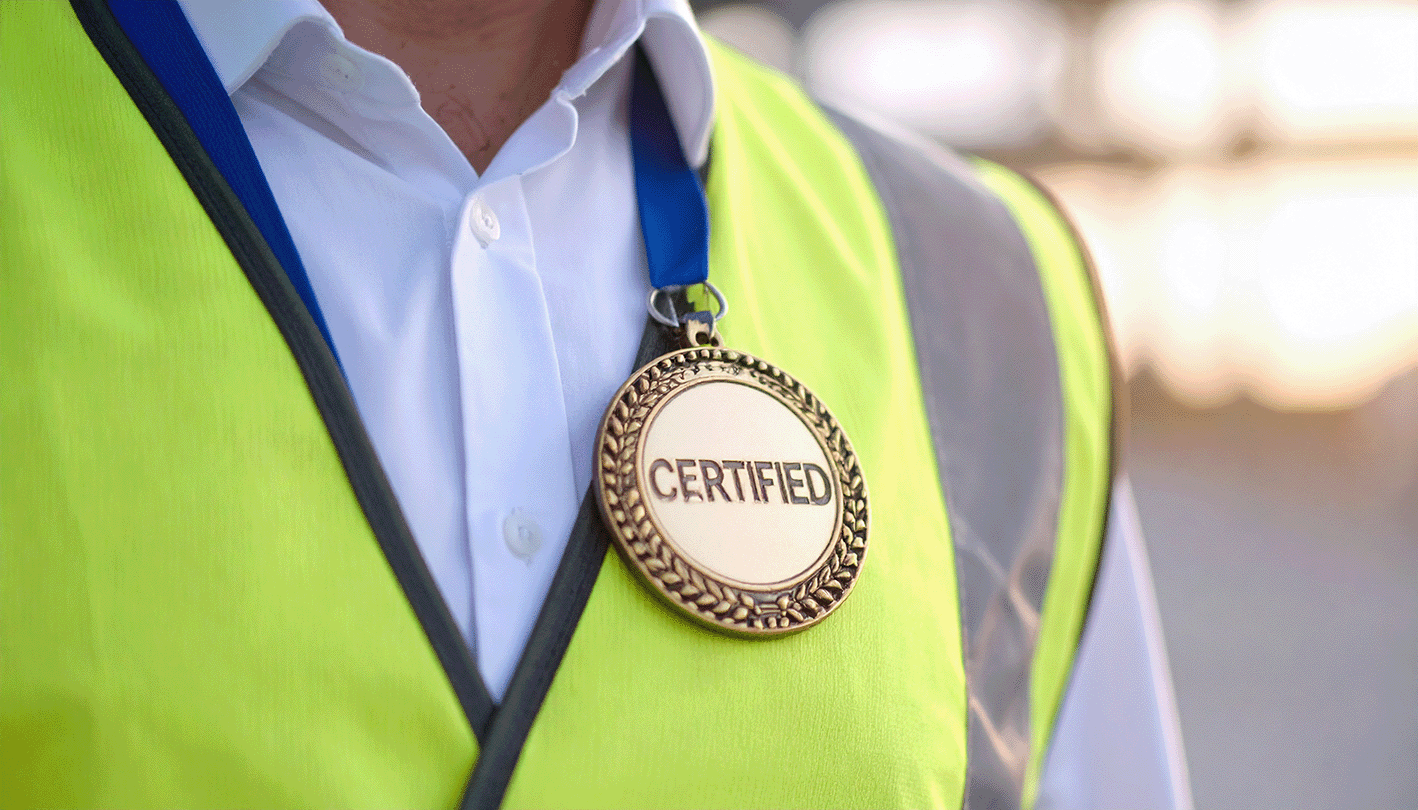How We Keep Indoor Air Quality Safe for Vulnerable People
Who is most at risk?
As specialists in non-residential indoor air quality (IAQ), we frequently visit sites like hospitals and schools to help them improve their air quality. One of the reasons we’re so passionate about working for these clients is because they accommodate some of the most vulnerable groups: young children, the elderly, and those with health conditions (e.g., weak immune systems, cardiovascular diseases, asthma). Without sufficient ventilation measures, pollutants and bacteria can flood classrooms and hospital rooms, causing actual harm to the people who must spend significant portions of their day in those environments. Proper ventilation and filtration in these areas is critical.
It’s not just those groups, either. IAQ is important for a wide range of people, particularly people who spend large periods of time working in offices, low-income communities who may live in poor indoor environments, cleaners who work with harmful chemicals, and industrial workers who may be exposed to high levels of harmful gases or pollutants. All of these groups may experience poor IAQ for a significant period of time each day, and therefore may eventually experience adverse health effects if IAQ guidelines and standards are not met.
Why vulnerable groups require cleaner air
It should be no shock to anyone that working in a factory typically isn’t great for your respiratory health, but do you know why? It’s largely due to a mix of gases, like Carbon Monoxide (CO), Carbon Dioxide (CO₂) Nitrogen Dioxide (NO₂), Sulphur Dioxide (SO₂), and Ozone (O₃), and harmful pollutants like PM10, PM2.5, and Volatile Organic Compounds (VOCs) which are released during combustion and manufacturing processes.
Inhalation of these gases and pollutants can often lead to some very severe health effects in sufficient doses. Carbon Dioxide, for example, a compound which is naturally found in our atmosphere, can contribute to drowsiness, headaches, dizziness, fatigue, and cognitive decline in high enough doses. For people who work in certain environments, like offices and factories, high levels of CO₂ can be a real threat, predominantly because it indicates a lack of ventilation, and therefore a high risk of infection from airborne diseases. This is why office workers and industrial workers can be considered vulnerable groups, even if they’re not the first people to come to mind.
Now we can understand why air quality is so important for children, the elderly, and those with existing health conditions like cardiovascular diseases or asthma. If even CO₂ levels can present a risk to fit and healthy industrial workers, imagine what more dangerous gases like Carbon Monoxide can do to swathes of hospital patients with compromised respiratory or cardiovascular functions. For these groups, high air quality standards are imperative. It’s not just in factories that the air can be polluted, either; every school, workplace, or home will have some degree of air pollution. Bacteria can be rampant in hospitals, mould growths can occur in schools, and open windows can let in harmful gases from car exhausts, so air filtration is essential no matter the location.
One memorable case that ARM Environments recall was when we were contacted by a secondary school to perform ventilation validation. We were initially rather shocked upon confirming the severity of the situation; a lack of ventilation was allowing CO2 levels to spike to well over 5000ppm, a level where infection risk becomes very high. We highlighted the school’s ventilation deficiencies, and they took swift action to remediate the issue and keep their staff and young students safe.
The rising demand for high quality IAQ
A bit of a Gen-Z uprising is happening at the minute, with new talent entering the workforce demanding high quality indoor air. And it’s no surprise, either, given the potential health effects of poor air. With work-from-home jobs on the rise, why settle for a stuffy, stale office environment? Although office workers might not traditionally have been considered a ‘vulnerable group’, the duration that office workers spend in these environments does lead to potentially longer exposure times and therefore puts them at greater risks of air quality-related health effects. As a result, it’s the younger generation pushing for better air quality and sustainability measures, and they won’t settle for less. This latest movement is making sure no indoor environment is unsafe to work in, and we think that’s great.
Keeping people safe from harmful gases and pollutants
IAQ guidelines and standards for schools, hospitals and healthcare facilities, offices, and factories all exist to keep vulnerable people safe. If you’re concerned about the influence of your air quality on someone with asthma, or the indoor air quality of your school or hospital, get in touch with a professional and book an air quality test.
A number of measures can be put into place depending on your physical environment. Not all Air Handling Units (AHUs) are effective in every building, and at ARM Environments we can offer specialist guidance on which AHUs, filters, and monitoring devices to install depending on the needs of the people who spend the most time in the building. The first step in keeping people safe is – as our name alludes to – assessing the problems. This stage can involve testing and monitoring the air to find out where the problems lie, and detecting mechanical faults before they lead to greater problems.
From there, you can choose from a wealth of options: install new filters, install new AHUs, refurbish your old AHUs, install ultraviolet germicidal irradiation (UVGI), clean your ductwork, etc. No matter whether that sounds fascinating or terrifying, ARM Environments have the know-how to help you choose the right option to improve your air quality without the fuss. With our expertise in non-residential buildings, we know how to keep consistent high-quality air circulating and keep vulnerable people safe in hospitals and healthcare facilities, schools, offices, factories, and more.
If you’re interested in improving your indoor air quality in non-residential buildings like schools, hospitals, or offices, or you’re concerned that it might be affecting vulnerable people, like those with asthma, the elderly, children, or those with cardiovascular disease, book a professional Indoor Air Quality test or view our other services.






